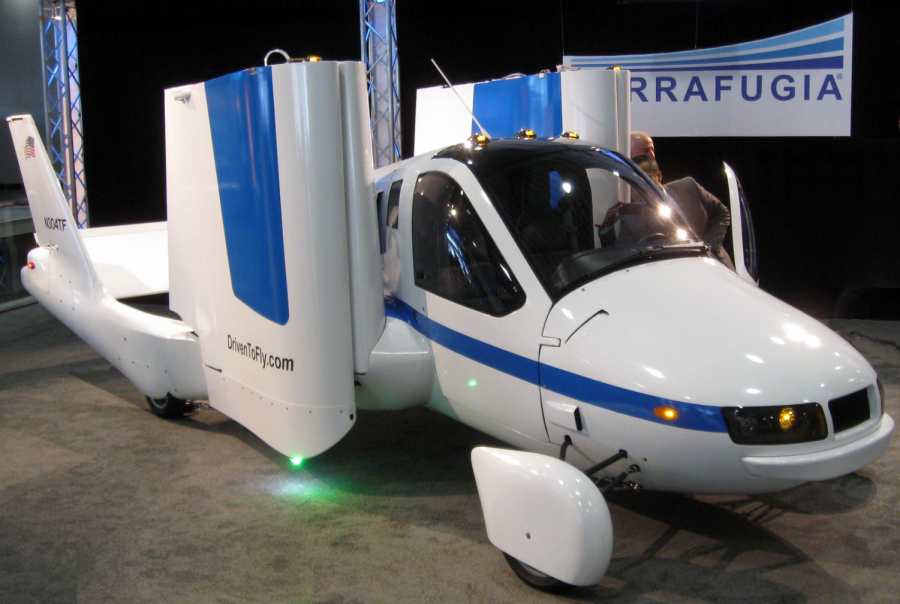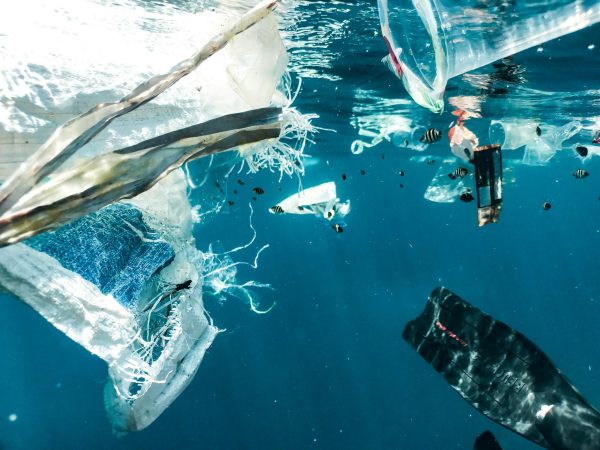Flying Cars, Are They Going to be the Future?
Flying cars are something that people have dreamed of for years. With today’s technology, it has become possible to make these dreams come true. Multiple companies, such as Terrafugia, which is a company founded by 5 MIT graduates in 2006, have started to build prototypes for this new invention. Since its creation, the company has expanded (now having around 150 employees). Terrafugia has aimed to build the world’s first flying car that can be used both on land and in the air. They are currently working on two different projects: the Transition and the TF-2.
The Transition, a vehicle that can transform between a car and a plane by folding its wings, is a long-term project that Terrafugia has been working on. This model has been in the works since 2006 and the company has strived to perfect it ever since. The vehicle has 2 seats (1 pilot seat and 1 passenger seat), 2 foldable wings, 4 wheels, and a tail, all of which are crucial. The vehicle also has a high power engine that is used in flight mode, while still having a hybrid-electric motor for drive mode. Surprisingly, the Transition is the first aircraft that incorporates the required safety features for both automobiles and airplanes, having parachutes and advances avionic cameras for flight mode and airbags and safety belts for drive mode. The Transition has a maximum speed of 161 km/h for a maximum of 644 km. Terrafugia is planning to make this vehicle available in 2019. Currently, they are working on their final touches to make sure that they deliver the best and most high-quality product they can.
Terrafugia is also working on a more recent project, called the TF-2. The TF-2 is a three-part transportation system that includes a cargo/passenger cabin, an air vehicle, and a road vehicle. Together, they can “take you almost anywhere, from origin to final destination.” The air vehicle has 8 electric motors, which are going to be battery powered. These allow the vehicle to travel at high speeds, reaching a maximum of 230 km/h. The TF-2 also contains a pilot cabin, able of holding up to 3 co-pilots and the pilot. The ground vehicle, on the other hand, will have a fully electric motor, with a maximum range of 300 km. The cargo cabin can be interchanged with a passenger cabin, which allows flexibility in its use. This brings up the question: how does the TF-2 transport the cargo or passengers? The TF-2 does this through a process called “The transition from drive to fly”. At first, the cabin is situated in the ground vehicle, which transports it to the landing site of the air vehicle. Then, the truck parks under the aircraft and drops off the cabin. The cabin then docks in the aircraft and is ready to be transported again. The TF-2 is still in the early stages of its development and it might take a long time until the final project is ready, but Terrafugia will most probably keep the public updated on new designs and ideas.
The Transition and the TF-2 could be revolutionary in today’s society. Flying cars could facilitate transport and reduce traffic, while the TF-2 could revolutionize the transport of both cargo and people. In the future, other companies could catch on to this idea and might start working on similar models. We can only hope that the future has amazing things in store for us, and we will just have to wait and find out for ourselves.





